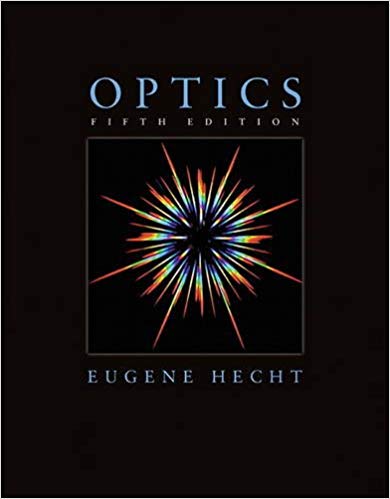Question
1. Two charged objects have an attractive force of 0.050 N. If the charge of one of the objects is doubled and the distance separating
1. Two charged objects have an attractive force of 0.050 N. If the charge of one of the objects is doubled and the distance separating the objects is tripled, then what is the new force?
2. Three charges - A, B, and C - lie along the cm-axis at the positions as shown. Their charge values and type are listed. Determine the net electric force on B.
3. Three charges - A, B, and C - are arranged as shown. Their charge values and type are listed. Determine the net electric force on B. QA = +5.4 C QB = -3.6 C QC = +4.8 C
4. Two identical 7.6-gram balloons are charged with the same type and quantity of charge. Their diagonal distance to the point of support is 140 cm and they have a separation distance 74-cm apart. Determine the quantity of charge on the balloons.
5. Charge A (+3.8 C) and Charge B (+5.2 C) lie 100-cm apart along the axis as shown. Where along the axis would a third charge C be placed in order for the net electric force upon it to be 0 N?
Step by Step Solution
There are 3 Steps involved in it
Step: 1

Get Instant Access to Expert-Tailored Solutions
See step-by-step solutions with expert insights and AI powered tools for academic success
Step: 2

Step: 3

Ace Your Homework with AI
Get the answers you need in no time with our AI-driven, step-by-step assistance
Get Started


